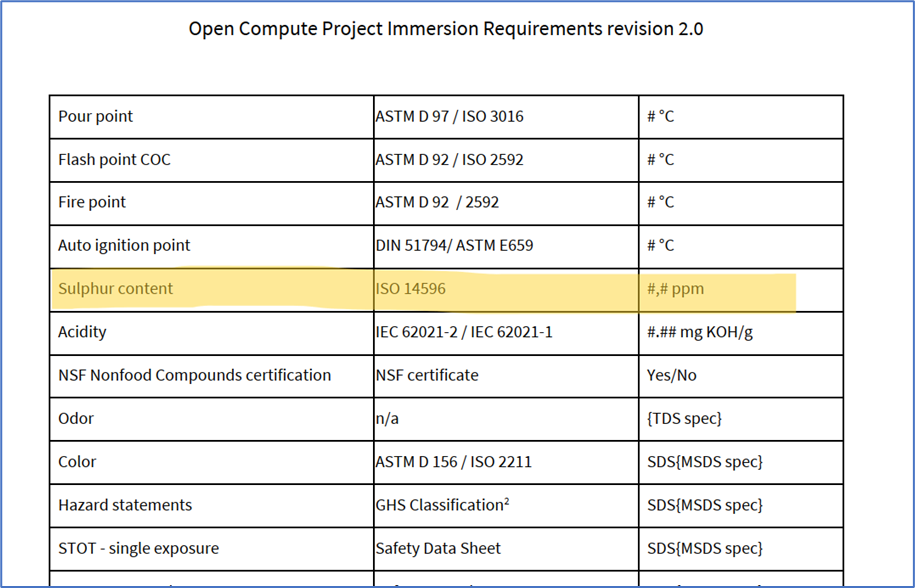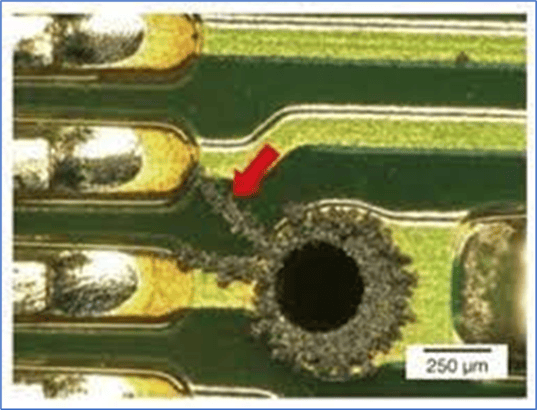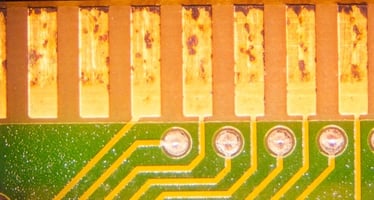Sulfur in dielectric fluids poses a significant threat to the integrity of electrical equipment,...
Got Sulfur? You'll want this.
There’s a Sulfur Crisis brewing in immersion cooling; data Centers and EV batteries are about to experience it.
You see, until recently, most immersion coolants were synthetic – they come from large chemical reactions instead of petroleum refineries. Lately, however, we’ve seen the introduction of coolants made from GTL and other petroleum products. These petroleum oils contain sulfur that comes from the original crude oil and isn’t removed during the refining process. Sulfur ends up in the final product.
We know that the new coolant oils contain Sulfur because their data sheets list it as a contaminant. On top of that, newly written industry specifications, such as Open Compute Project (OCP), recognize this and require coolant manufacturers to report the sulfur content of their products:
 (Copyright Copyright OCP Open Compute Project
(Copyright Copyright OCP Open Compute Project
If your coolant has any sulfur content, you’ve got a problem. That’s because the sulfur reacts with any copper that it touches, forming conductive copper-sulfur salts. These salts are deposited on live circuits, through Galvanic Attraction. This reaction etches copper and silver from circuit boards and causes short-circuits with the conductive salt deposits.

Figure 3: Example of Corrosive Sulfur Attack on a Circuit Board
We’ve known for years that even tiny amounts of sulfur in an oil can be highly corrosive, leading to copper corrosion, the formation of copper-sulfur salts and failure of the electronics. Technical journals have reported that even Parts-Per-Million (PPM) concentrations of Corrosive Sulfur in oil will attack copper, leading to component failure. (1)
Corrosive Sulfur has been a problem in the transformer industry, where mineral oils have been used for decades. Until a solution was developed in the early 2000s, millions of dollars of transformers were destroyed by corrosive sulfur compounds. (2,3)
A Solution:
In 2003, Dr. David Sundin developed the first product to solve the problem of corrosive sulfur in mineral oils. Unsatisfied with the “band aid” approaches to the problem that other companies took, Dr. Sundin discovered how to change corrosive sulfur into inert, non-corrosive type of sulfur. Twenty years later, the latest version of this development is available as VA-950 Additive, from Engineered Fluids, Inc.
VA-950 acts in three ways to stop corrosive sulfur from attacking copper and producing conductive salts. Both laboratory tests and in-service use prove that VA-950 works, protecting copper circuits and changing the natural sulfur compounds found in mineral oils and GTL petroleum coolants. VA-950 is the only compound in the world specifically made to protect sensitive electronics and proven to neutralize corrosive sulfur compounds in EV and Data Center coolants. VA-950 is simply added at a 1% treat rate to any sulfur-containing dielectric fluid. It neutralizes any corrosive sulfur threat immediately.
In summary, mineral oil and GTL petroleum-based coolants have a measurable sulfur content. It’s been proven for years that even PPM concentrations of sulfur in these oils can attack and corrode copper that’s immersed.
VA-950 from Engineered Fluids solves the problem of copper corrosion in dielectric coolants. VA-950 is Guaranteed to change corrosive sulfur compounds to noncorrosive species, protecting copper and silver metal surfaces from corrosive attack. Contact Engineered Fluids, Inc. for more information.
- “An Update on Understanding Corrosive Sulfur Problems in Electrical Apparatus”, P. Griffin, L. Lewand, Doble Engineering Company, 2008
- “Sulfur Corrosion Phenomena”, Transformers Magazine, Vol 7, Issue 3, 2020
- https://blog.engineeredfluids.com/effects-of-corrosive-sulfur-in-mineral-oil#:~:text=Sulfur%20is%20a%20naturally%20occurring,processing%20to%20meet%20product%20specifications.
- https://ieeexplore.ieee.org/document/631084


